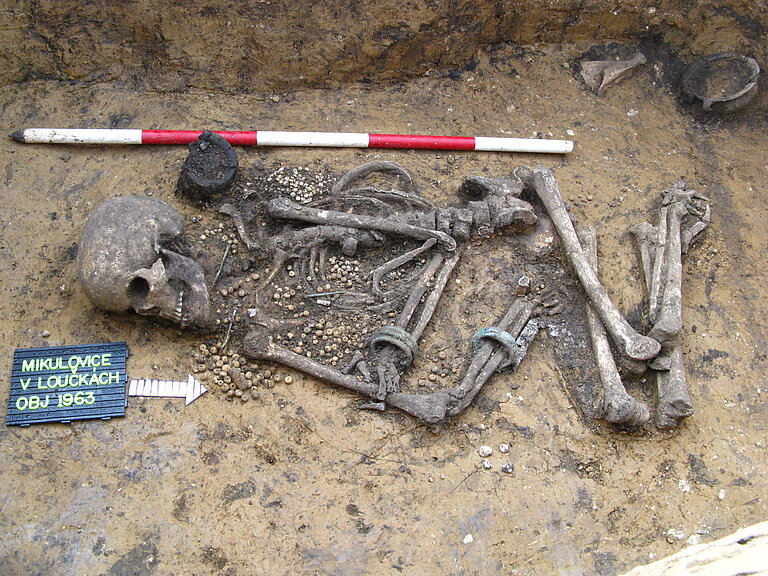Central European Prehistory Was Highly Dynamic
Frequent cultural, genetic, and social change epitomises the history of central Europe from the Stone Age to the Early Bronze Age

Recent archaeogenetic studies have shown that human movements like migrations and expansions played a major role in driving the spread of cultures and genes in ancient Europe. However, it is only now with detailed regional studies and dense sampling that researchers start to better understand the magnitude, rate and social implications of these changes. In a new study, an international team of researchers from the Max Planck Institutes for the Science of Human History (Jena) and Evolutionary Anthropology (Leipzig), together with colleagues from the Institute of Archaeology of the Czech Academy of Sciences (Prague) and other collaborators analysed the genomes of 271 individuals who lived in Bohemia in today’s Czech Republic between 7,000 and 3,500 years ago and identified at least another three migratory events which shaped central European prehistory.
Publication: LUKA PAPAC, et al., Dynamic changes in genomic and social structures in third millennium BCE central Europe, SCIENCE ADVANCES (2023). DOI: 10.1126/sciadv.abi6941
Original Story Source: Max Planck Institute for Evolutionary Anthropology

 Alerts Sign-up
Alerts Sign-up